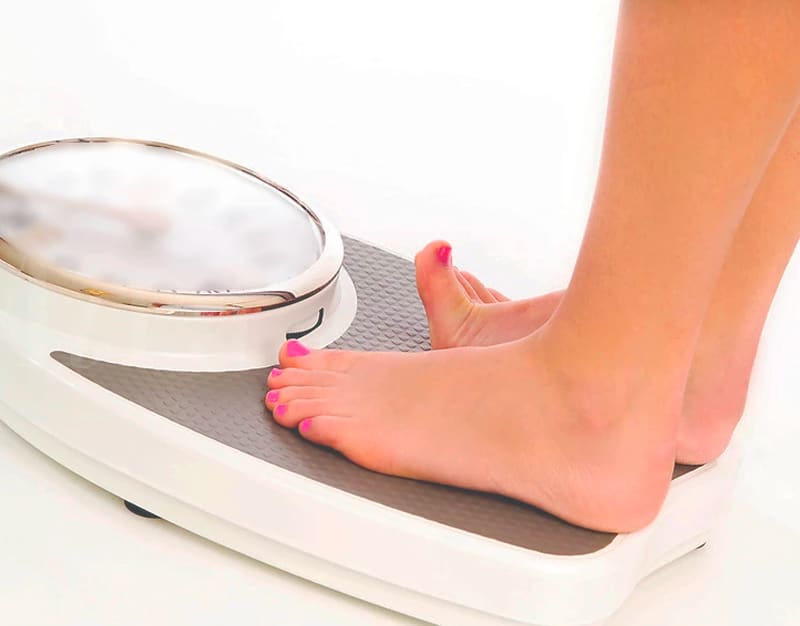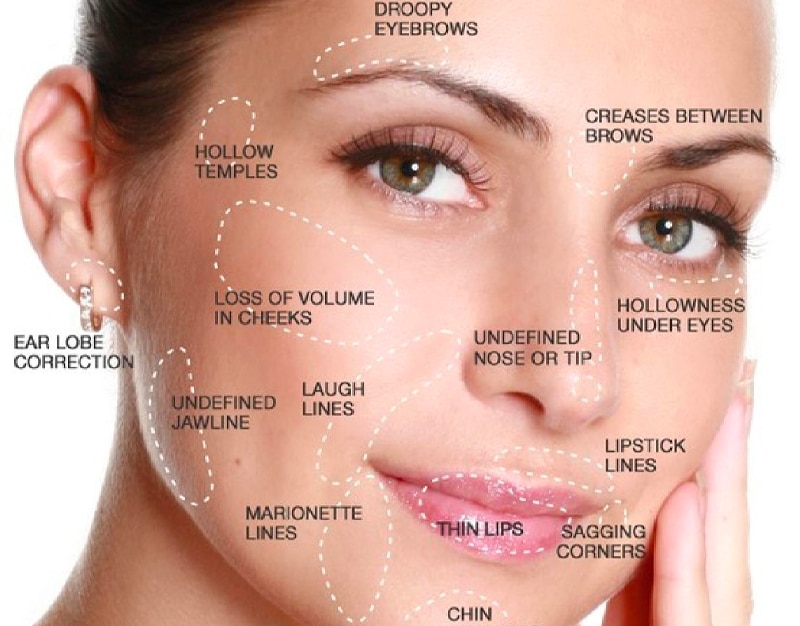We all know that being obese causes many problems including heart disease, diabetes, stroke, high blood pressure, arthritis, depression, sleep apnea, and even increases the risk of developing certain cancers.
A Body Mass Index (BMI) greater than or equal to 30 is considered obese. There are many apps and websites that can help you calculate your BMI. Here’s one from the CDC.
Obesity physiologically affects the skin. It causes changes in the integrity of the skin barrier causing increased dryness and altered transepidermal water loss (dehydration). It also alters collagen structure, impairs wound healing and decreases the mechanical strength of the skin. There is a higher risk of acne and worsening of acne due to increased sebum or oil production caused by increases in androgens (testosterone like hormones), insulin, and growth hormone. Obese patients sweat more profusely because of more skin folds and thicker subcutaneous fat (layers of the fat that normally lie under the skin). This increased moisture particularly in skin folds causes intertrigo which is similar to the diaper rash babies get in their folds covered by the diaper. A secondary overgrowth of bacteria, yeast and fungus can occur which can cause further inflammation, pain, erosions, bleeding, and even bromohidrosis or unpleasant body odor.
We know that obese patients have a higher risk of vascular disease. This vascular stress and insufficiency can cause an eczematous dermatitis (skin rash) on the legs, leg swelling and even ulcerations. I treat many leg skin cancers and leg wounds. Let me tell you … legs are the slowest healing areas and can be very difficult to treat.
- Acanthosis nigricans (skin thickening and darkening in folds and on the back of the neck)
- Skin tags!!!!!
- Keratosis Pilaris (red rough bumps on the back of the arms and thighs)
- Stretch marks
- Cellulite
- Skin thickening on the palms and soles
- Increased skin infections like yeast infections, nail fungus, foot fungus, cellulitis, boils, even MRSA!
- Premature hair graying
- Hidradenitis Suppuritiva – a chronic disease that presents as recurrent inflamed lumps, abscesses, and draining sinus tracts associated with severe scarring, pain, malodor and disfigurement. This mostly occurs in the armpits, groin, buttocks, and upper thighs.
- Psoriasis severity – typical systemic treatments are less effective in obese patients
- Increased risk of rosacea
- Increased risk of atopic dermatitis/eczema
- Polycystic ovarian syndrome which causes hirsutism (increased hair growth on the face and body), acne, seborrheic dermatitis, androgenic alopecia (like male pattern baldness)
- Gout – collections of nodules of uric acid in the skin causing destruction in the surrounding connective tissue, chronic inflammation, and pain
Besides decreasing risks for all the above skin problems as well as heart disease and stroke, weight loss overall increases your life span and your quality of life. Obesity places you in pro-inflammatory state which underlies all these problems. There are treatments for all the above-mentioned skin conditions but the best long term solution is weight loss. This is hard and requires a life style change, money and time. Please seek out support from your doctors, family and appropriate support groups.




